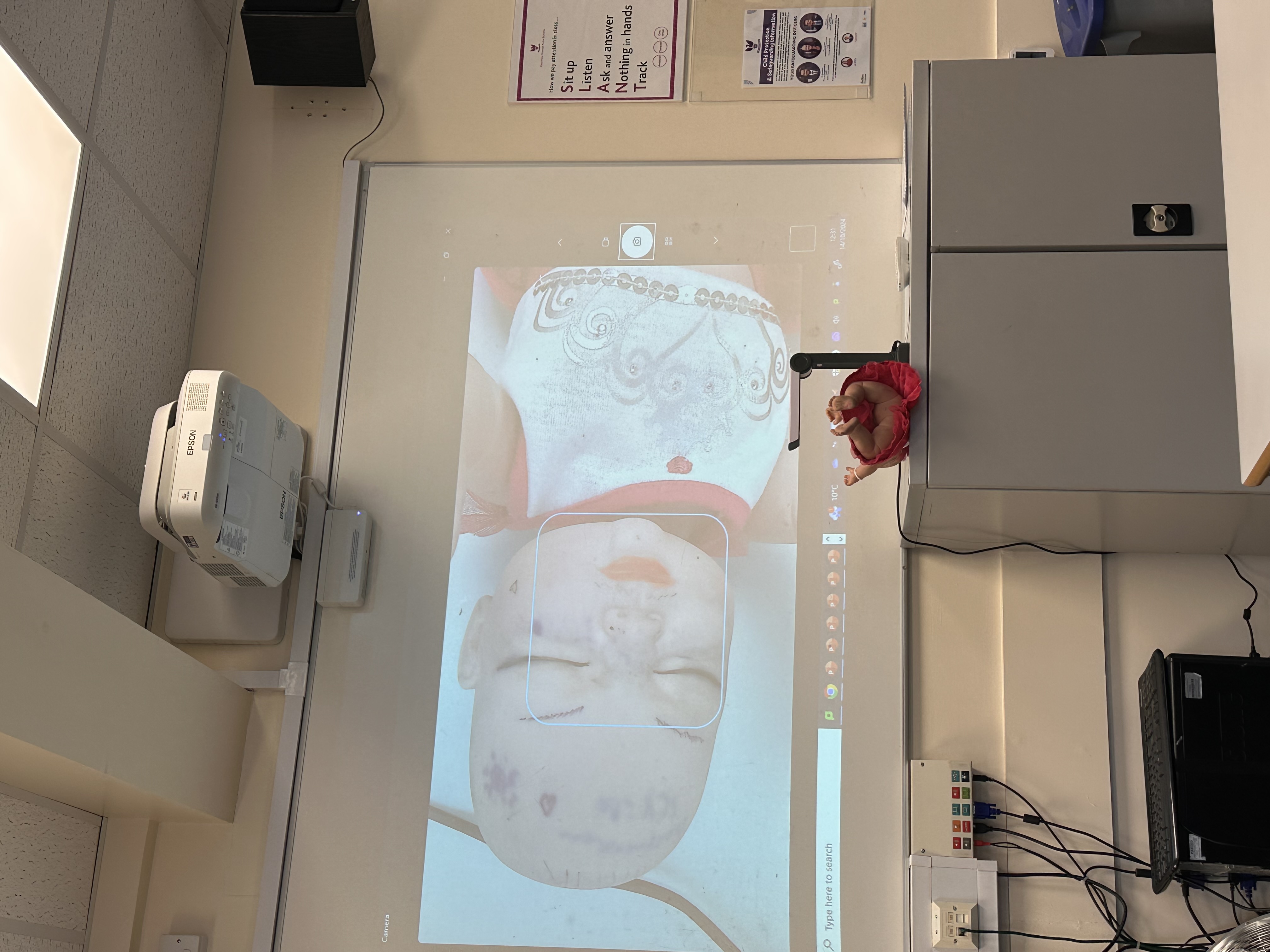Neurons
Cards (7)
- Outline the role of neuronNeurons refer to the specialised cells that make up the nervous system. They transmit electrical and chemical impulses that enable them to form neural pathways. This then enables them to communicate in order to collect, process and respond to information - Sensory neurons collect information from sensory organs (skin) and carry this message to relay neurons. Relay neurons in the brain analyse the sensory message and decide how to respond before passing the message to motor neurons. Motor neurons then connect with skeletal muscles to allow for a physical response.
- Dendrites, axon, myelin sheath, node of ranvierBranch-like extensions from the cell body, known as dendrites, receive signals from other neurons. The signal (now an action potential) is then passed along the axon of a neuron, which is the long extension from the cell body. This axon is coated in a layer of fatty tissue known as myelin sheath that helps protect the axon. There are gaps between the myelin sheath, known as nodes of Ranvier, that speed up the transmission of the action potential by allowing it to jump between the gaps.
- Soma/cell body and axon terminalThe soma/cell body is the largest part of the neuron that contains the nucleus i.e. the genetic information of the cell. The action potential arrives at the axon terminal (end of the axon) where it triggers the release of neurotransmitters to enable communication with nearby neurons.
- Outline the function of a sensory neuronThey are located in the somatic division of the peripheral nervous system. They convert stimuli detected by sensory organs into electrical impulses. This information is then transmitted to relay neurons in the central nervous system where the sensation is consciously processed.
- Outline the function of the relay neuronThey are located in the central nervous system i.e. brain and spinal cord. They are the thinking, feeling and deciding neuron as they analyse sensations received from sensory neurons and decide how to respond. This information is then transmitted to motor neurons in the peripheral nervous system where the decision is acted out.
- Outline the function of a motor neuron.They are located in the somatic and autonomic divisions of the peripheral nervous system.They transmit messages to skeletal muscles to allow for movement. They also connect with organs and glands to regulate bodily processes such as breathing.
- neurons s
